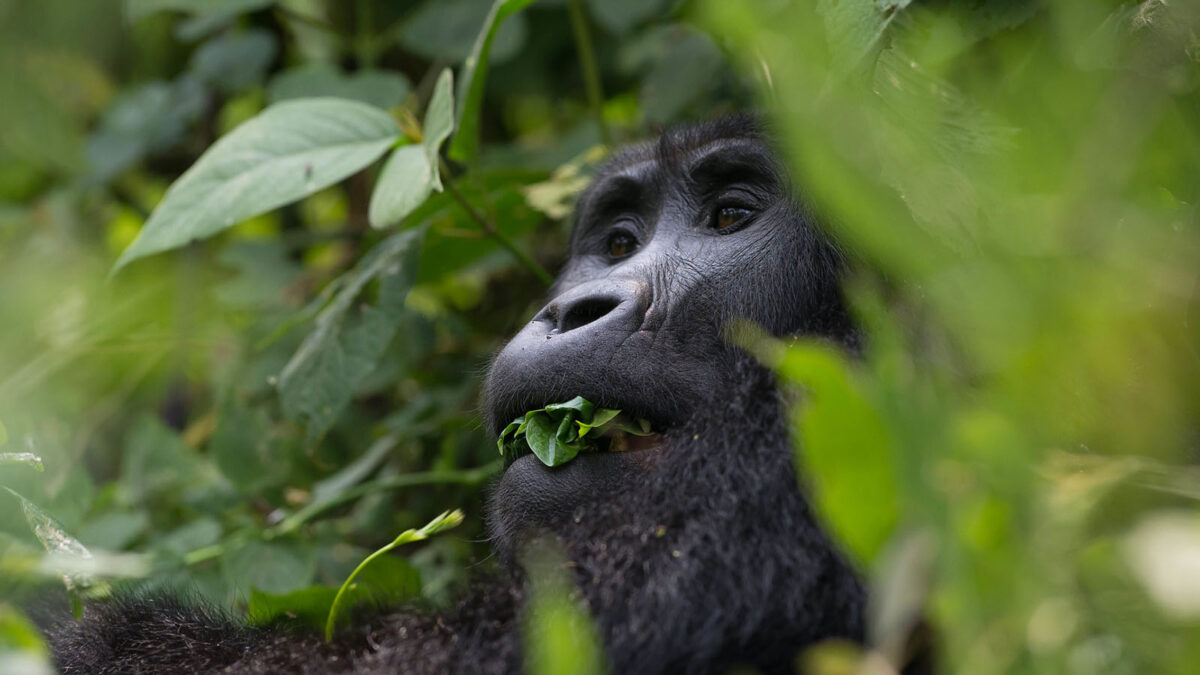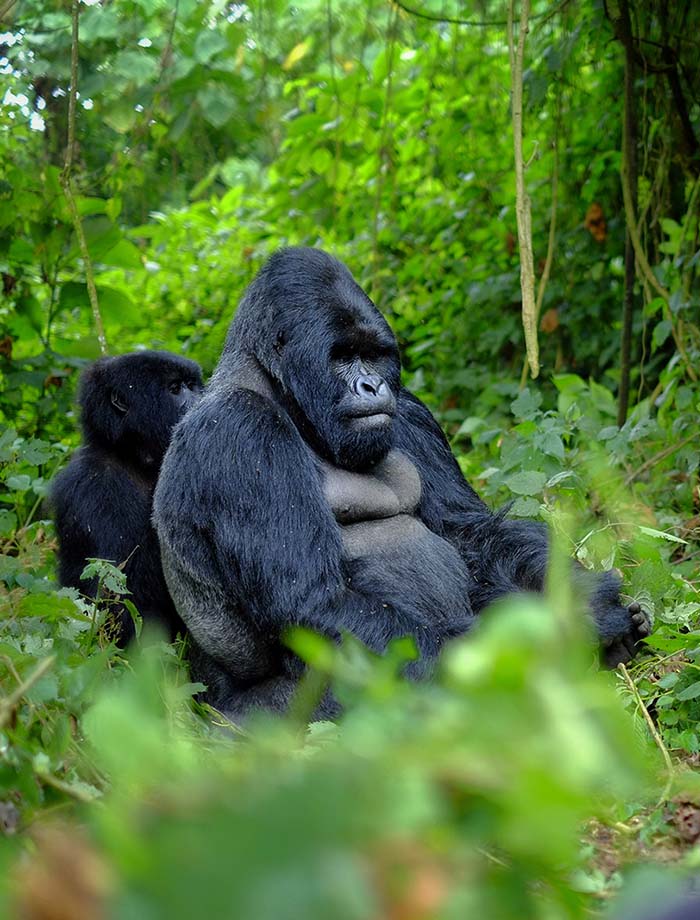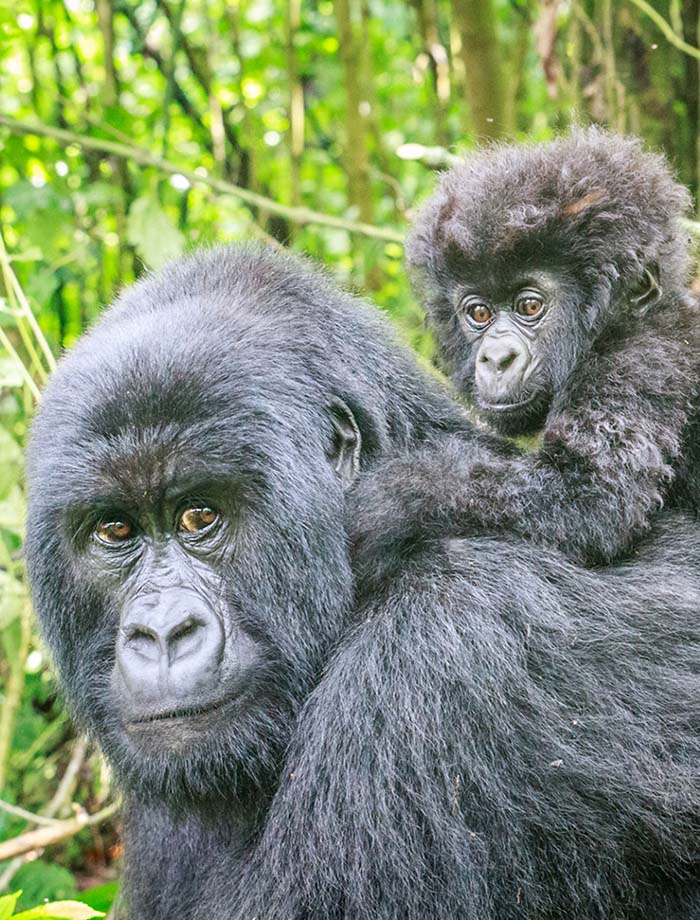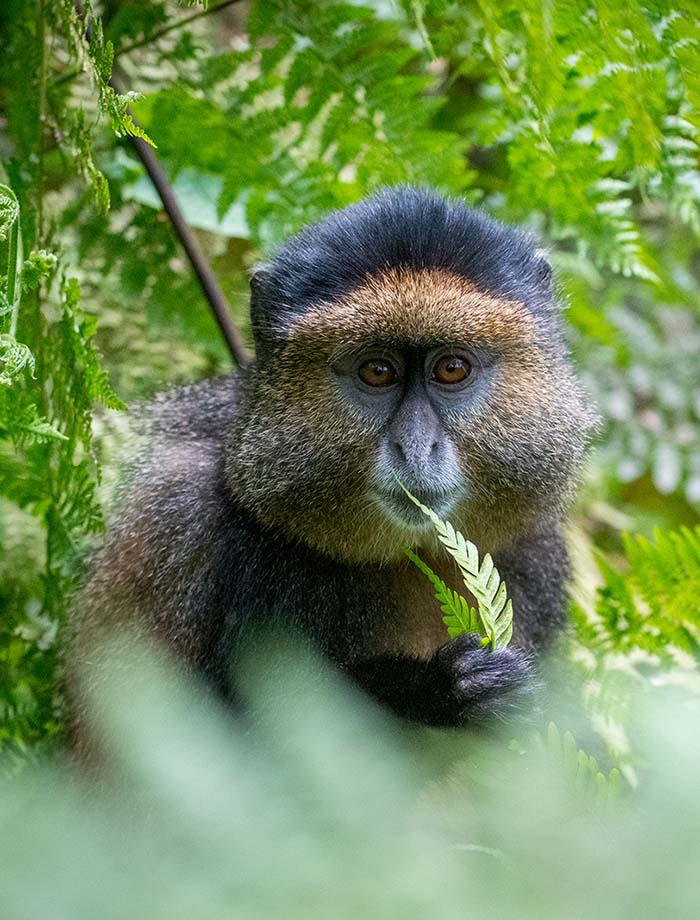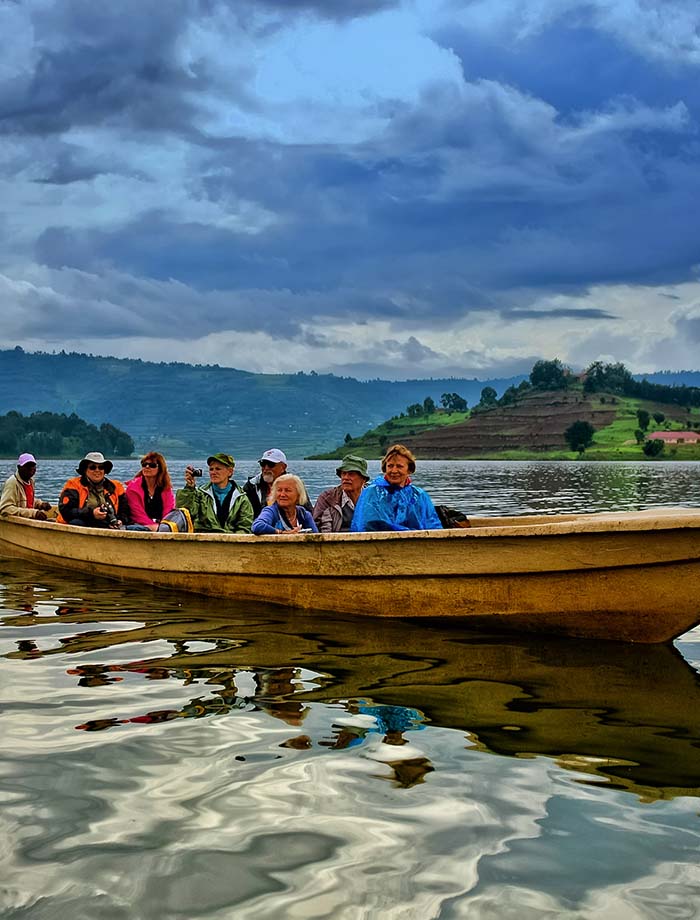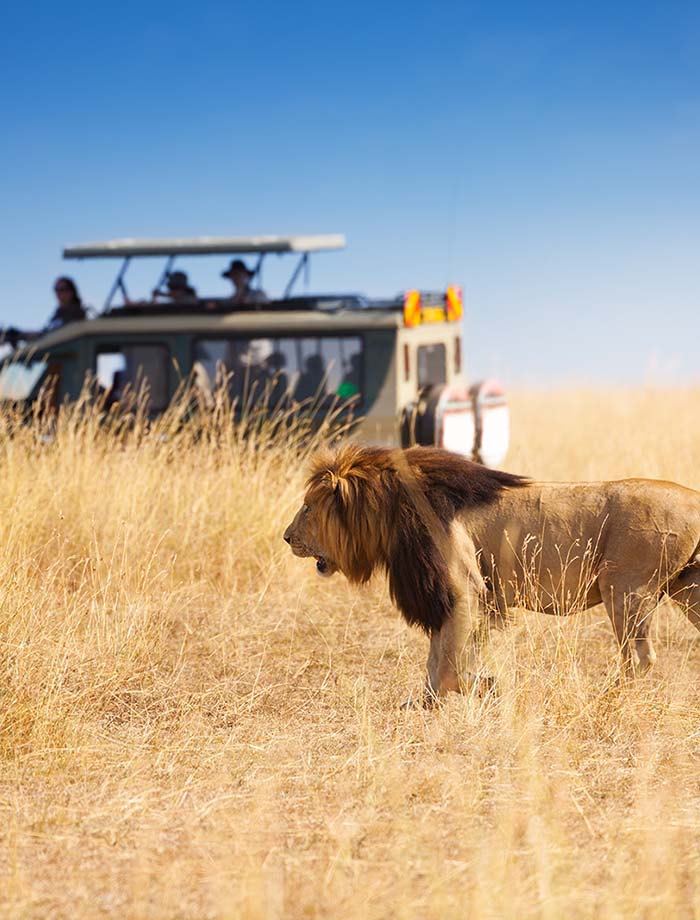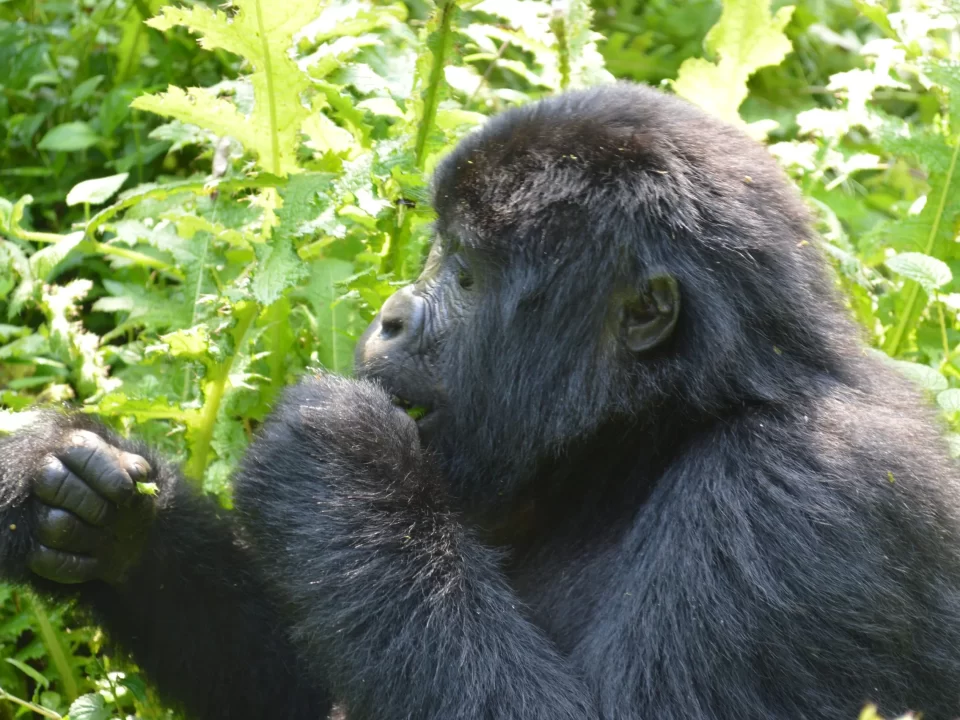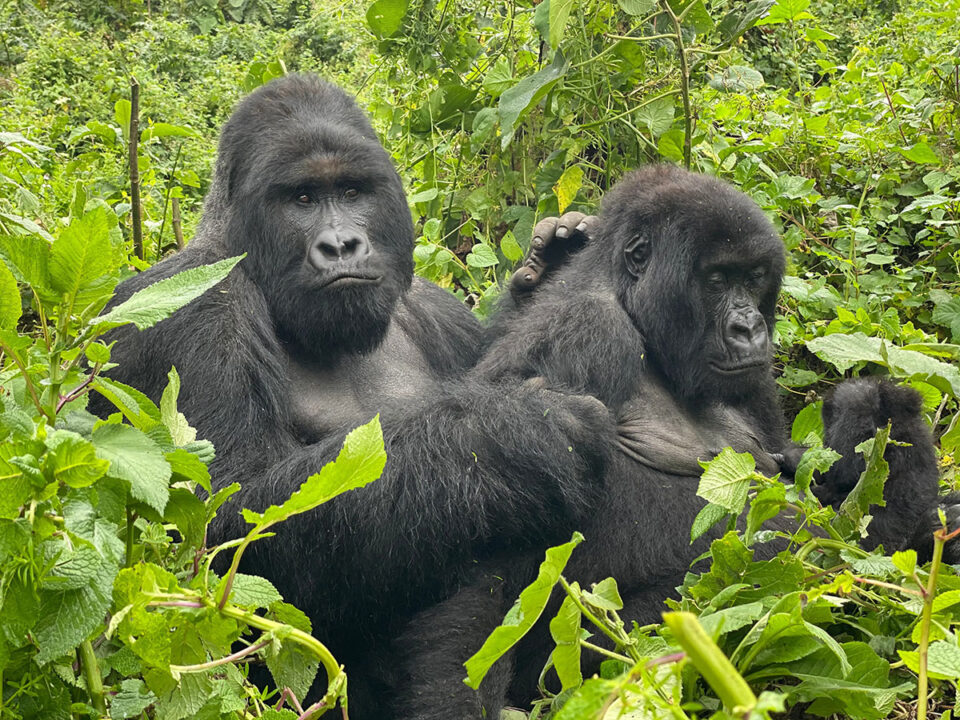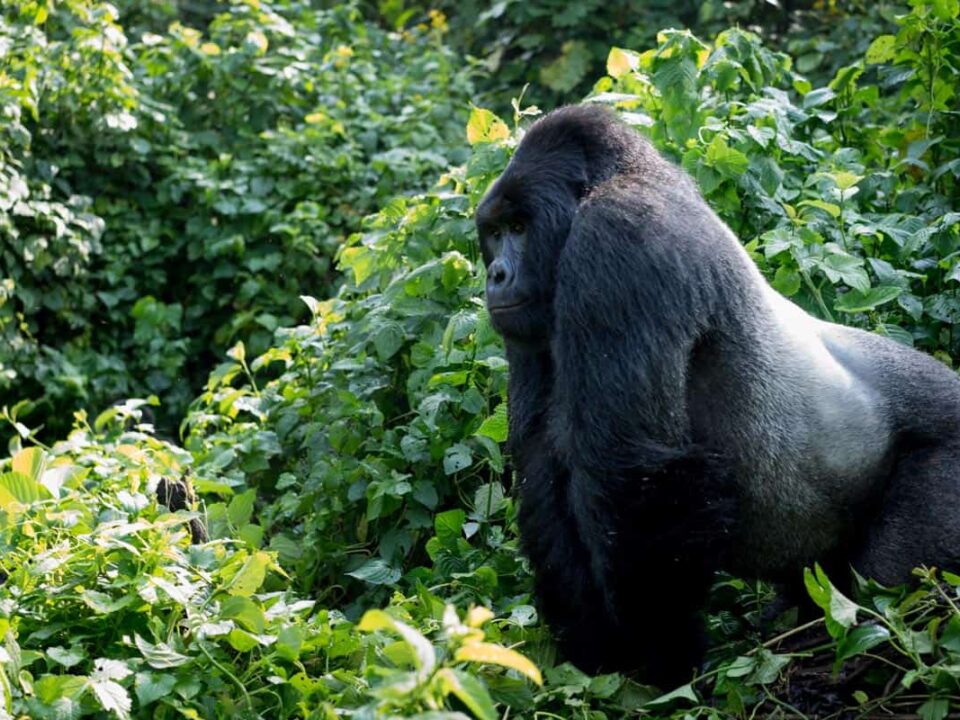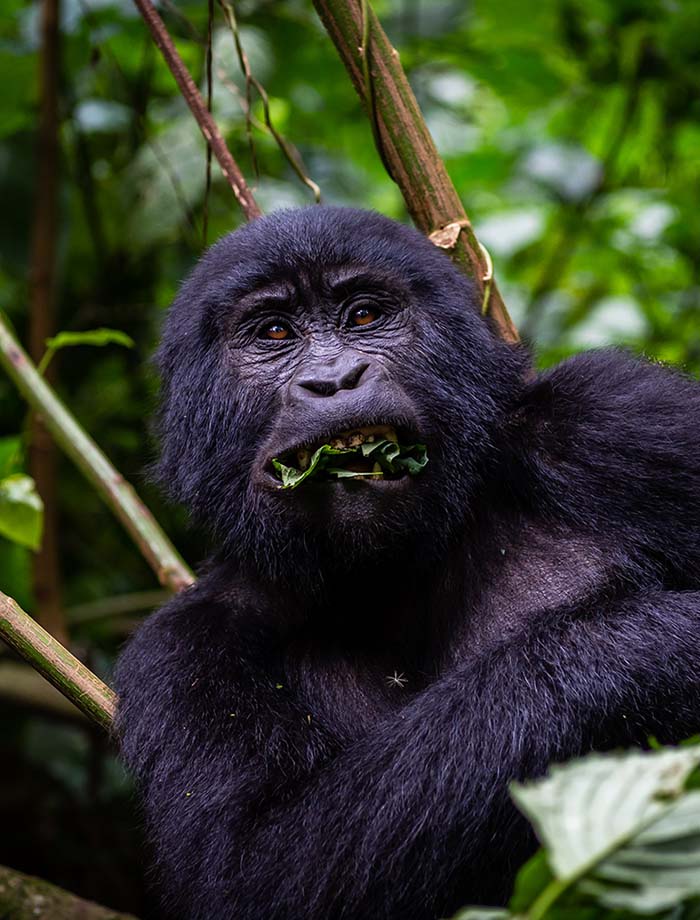
How To Prepare For Gorilla Trekking in Uganda & Rwanda

The Majestic Murchison Falls
May 20, 2020
Gorilla Groups/ Families in Bwindi Impenetrable National Park
July 14, 2022Preparing for the gorilla trekking adventure in Uganda and Rwanda’s mountain rainforest is undoubtedly an exciting venture for all travelers that hope to spend unforgettable moments a few feet from a wild mountain gorilla family. However, to prepare for such a long journey in the remotest parts of Africa requires your undivided attention to avoid missing out on the essential elements of the trip and creating regrets at the end of the journey.
Fortunately for you, this guide on how to prepare for gorilla trekking in Uganda & Rwanda is put together by Trek Africa Expeditions experts that take hundreds of travelers each year to this adventure and would know precisely how to help you plan your journey. We’ll cover some of the essential things you must know in helping you prepare.
Choose your gorilla destination
At this point, we assume you’re wondering which destination you should choose for your gorilla trekking adventure. Whether you decide on trekking gorillas in Uganda or Rwanda, either destination offers incredible gorilla trekking experiences. However, your choice will highly depend on your budget, availability of gorilla permits and your holiday calendar.
The gorilla permit mainly determines a gorilla trekking safari budget, a document allowing you into the gorilla protected habitat with armed rangers and an expert tracker on foot.
A gorilla permit in Rwanda more than doubles that of Uganda at $1500 pp, and finding a decent place to stay is just about more costly than in Uganda. Also, Rwanda’s gorillas can be reached easily from the international airport (about a 2-hour drive), sparing you expenses on transfers between the airport and your lodgings. However, Rwanda has only one small gorilla park, Virunga National Park, on the foot of the Virunga mountains, with fewer gorilla permits on offer. With fewer permits on offer per day, you may find it very challenging to prepare a gorilla trekking trip in Rwanda on your planned dates.
On the other hand, Uganda is much more affordable, with quite a good number of accommodation choices, permits, and two gorilla parks offering more than one way to spend time with mountain gorillas. The International airport is located far from the gorilla parks (about a 10-hour drive), with two small regional airports a 2-hours’ drive from the gorillas. Still, if you’re not in a hurry, the long drive offers seasoned adventurers incredible views and time to spend driving through the countryside.
We’ve put together a great comparison of Uganda vs Rwanda and which one offers the best gorilla trekking experience in a post, which should help you prepare for gorilla trekking in either destination.
Select a date for your trip
You may have your holiday in Africa planned out based on which dates you’re free from work or demanding tasks at home, which is very understandable. Although you can trek gorillas in Uganda and Rwanda any time of the year, we recommend that you prepare for gorilla trekking based on the destination’s travel calendar, which is determined mainly by the weather patterns, availability of permits and accommodation.
Most travelers consider the drier seasons of January, February, and June to early September the best time for gorilla trekking in Uganda and Rwanda. Gorillas live in the tropical rainforests close to the equator, which means it could rain any time of the year and ruin your experience. Preparing for gorilla trekking during the dry months gives you a higher chance of no downpour during your adventure. The roads are dryer, and the hike through uneven terrain will be much less demanding.
You should also note that the dry seasons mean its peak season in the gorilla destinations: every traveller will be scrambling for the few available gorilla permits and decent accommodation. Some travellers chose the wet seasons to take advantage of the low season discounts. Whichever time you decide to prepare for gorilla trekking, make sure it suits your travel style and will not interfere with your experience.
Find a local tour operator.
The wide availability of information on the internet has created many do-it-yourself travelers that refer to the thrill of preparing such long-distance journeys by themselves. Still, many travelers would not like the challenge of navigating the travel logistics of remote and undeveloped destinations. Preparing for gorilla trekking in Rwanda and Uganda will use all your energy resources and leave nothing to the experience. Use a licensed local tour operator like Trek Africa Expeditions as your buffer against unexpected eventualities and spare all your energies for the experience.
Prepare your expectations
Internet articles, stories and reviews from friends and previous travelers will most likely shape your expectations on this journey. If you’ve already selected your destination, found your operator and booked your trip at this point, avoid information channels that are most likely to give you biased information. Especially political channels that are airing 5 -10 year old information that doesn’t apply to the current state of affairs.
Reviews you read were to help you choose the destination and book your trip on the preferred dates. Now that you’re all in, it will be essential to avoid these channels, empty your expectations and keep open communication with your local tour operator to shape your upcoming experience.
Check your health and physical fitness.
You’ll be trekking at high altitudes, through steep, uneven terrain where no vehicles can go, for many hours in a day. Although anyone that can walk can trek gorillas, it is advisable to have moderate physical fitness to have a great experience.
Check into your community gym, do morning and evening runs, and stretch up your muscles at least three months before your trip date. This will help you trek hours without muscle pains at the end of the day when you should be enjoying chatty evenings at the lodge.
Since mountain gorillas share about 98% of human DNA, they’re susceptible to human illness. Therefore, you’ll not be allowed into the jungle if you show some signs of infectious disease. Reschedule your trip if you get the flu, cough or Coronavirus.
Check with your doctor to ensure you have the vaccines shots like malaria, Covid-19, yellow fever and Hepatitis. Entry into Uganda may require your COVID-19 vaccine or test negative 72 hours before entry into the country.
Put together your packing list early.
Since you’ll be spending time in cold high altitudes of mountain rainforests, mornings and evenings will be very cold affairs. Make sure your packing list includes something to keep you warm during the late and early hours; a sweater, warm socks, neck scarf, warm gloves and warm gloves are some things to pack.
You’ll spend long hours trekking in wet, muddy and thick forested steep slopes. Therefore, dress appropriately for the hike to the gorillas. Your packing list should include light trousers and a long-sleeved shirt to avoid thorny pricks to your skin, waterproof light-weight hiking shoes and light-weight jacket to keep your feet and body dry, and a waterproof backpack to carry your lunch, gadgets, and them dry. You’ll only need insect repellent if you plan on wearing short pants and a t-shirt.
Start Preparing For Gorilla Trekking Now.
Start planning for gorilla trekking in Uganda & Rwanda with Trek Africa Expeditions, a trusted and licensed local operator with extensive knowledge in planning gorilla safaris in both countries. Whether you choose Uganda or Rwanda, the experience is the same, but planning logistics may defer but challenging in both destinations. You’ll need our expertise to book you into lodging that fits your budget, book your transfers and get your permits for suitable travel dates.
Send us an email at info@trekafricatours.com to get started with our local consultants right away.
Suggested Gorilla Safari Ideas
The tours featured throughout our website are intended to give you ideas for what’s possible when you travel with us. Treat them simply as inspiration, because your trip will be created individually by one of our specialists to match your tastes and budget.

